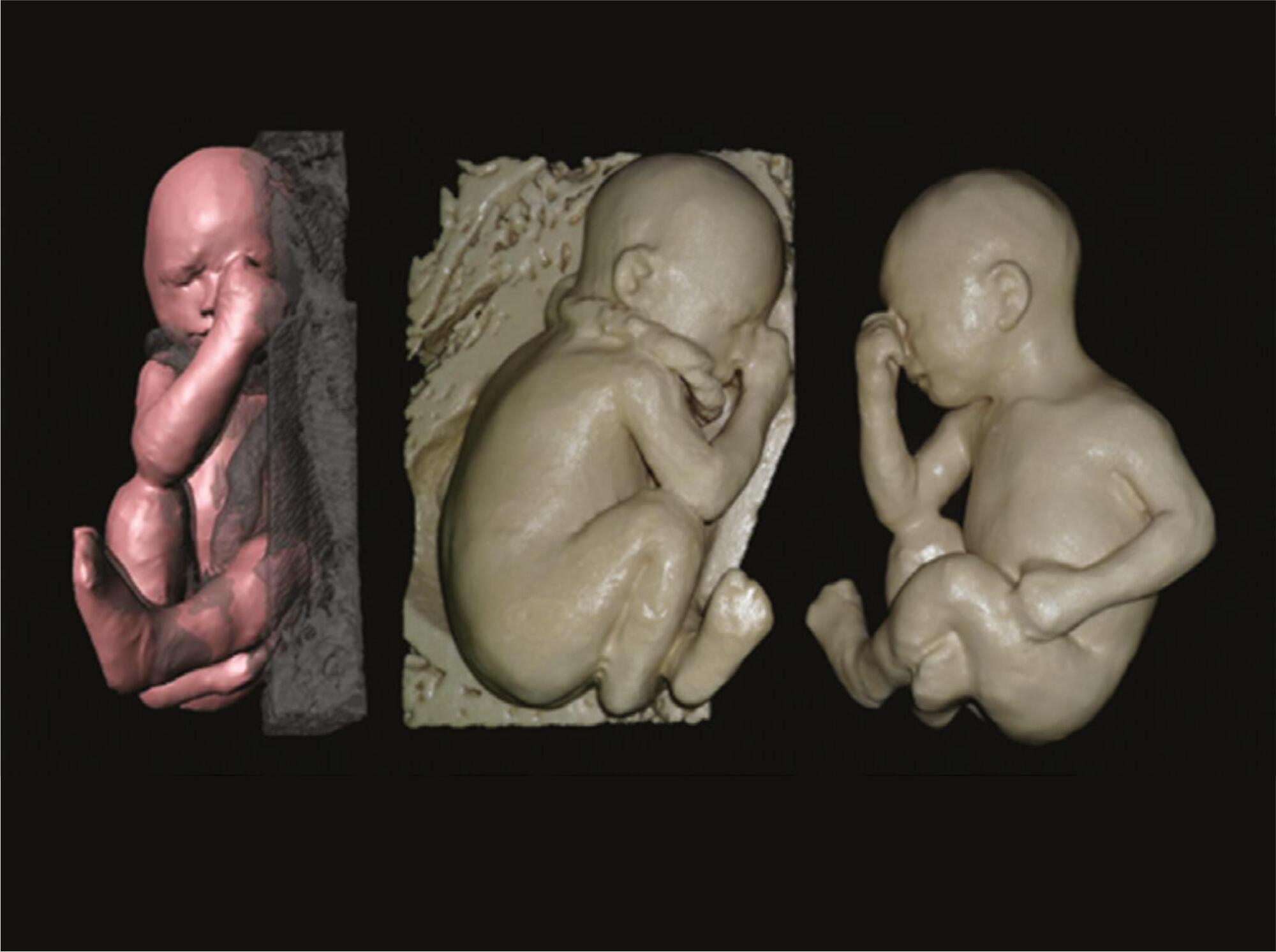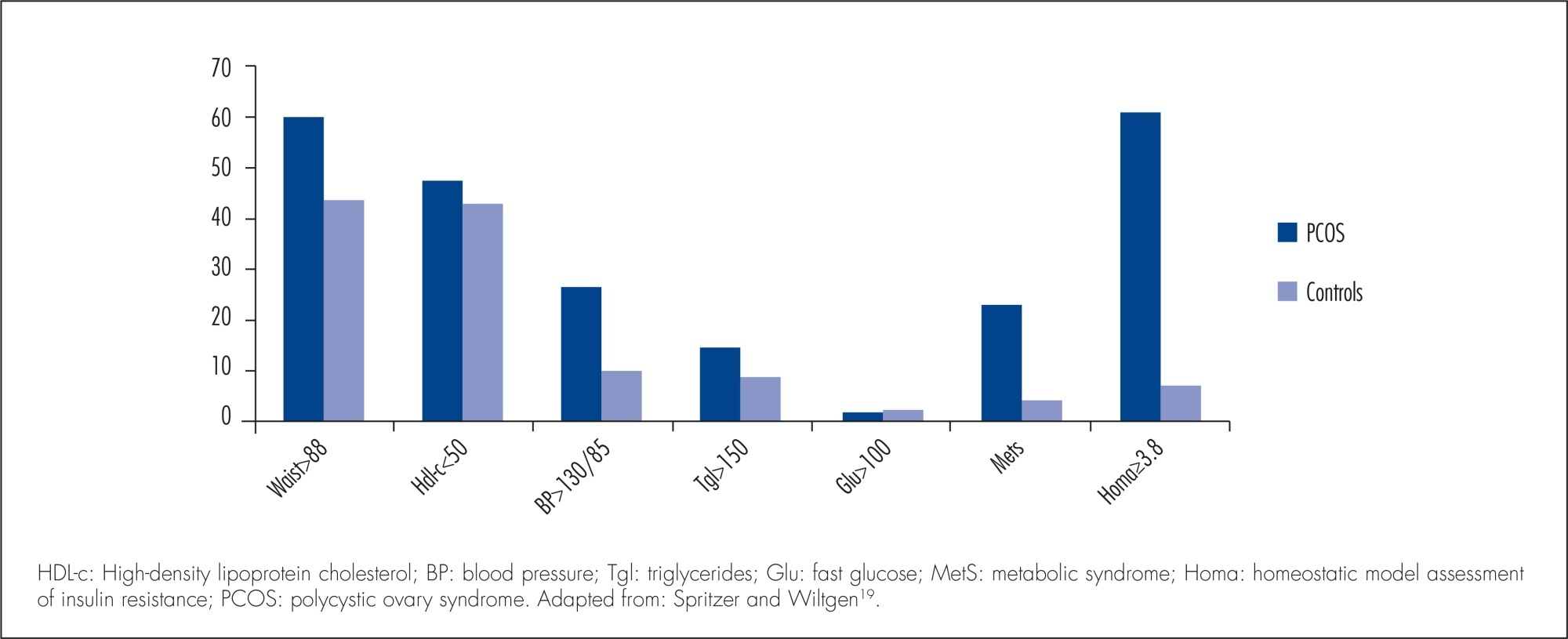-
Editorial
Reflections about the impact caused by the Food and Drug Administration (FDA) warning against uterine and/or fibroid power morcellation
Revista Brasileira de Ginecologia e Obstetrícia. 2015;37(7):299-301
07-01-2015
Summary
EditorialReflections about the impact caused by the Food and Drug Administration (FDA) warning against uterine and/or fibroid power morcellation
Revista Brasileira de Ginecologia e Obstetrícia. 2015;37(7):299-301
07-01-2015 -
Editorial
Ultrasound during the second stage of labour: is it effective to reduce the caesarean section rates?
Revista Brasileira de Ginecologia e Obstetrícia. 2015;37(6):249-251
06-01-2015
Summary
EditorialUltrasound during the second stage of labour: is it effective to reduce the caesarean section rates?
Revista Brasileira de Ginecologia e Obstetrícia. 2015;37(6):249-251
06-01-2015DOI 10.1590/SO100-720320150005308
Views48The caesarean section is now the most frequent surgery performed on women at the reproductive age. It is known that caesarean section is associated with risks for the mother and baby, not only in the current pregnancy but also for future pregnancies. Taking into account these consequences and the rising trend of performing caesarean sections […]See more -
Editorial
Aspects of early sexual activity
Revista Brasileira de Ginecologia e Obstetrícia. 2015;37(5):199-202
05-01-2015
Summary
EditorialAspects of early sexual activity
Revista Brasileira de Ginecologia e Obstetrícia. 2015;37(5):199-202
05-01-2015 -
Editorial
Physical models of the foetus created using magnetic resonance imaging, computed tomography, and ultrasound data: history, description, and potential uses
Revista Brasileira de Ginecologia e Obstetrícia. 2015;37(4):149-151
04-01-2015
Summary
EditorialPhysical models of the foetus created using magnetic resonance imaging, computed tomography, and ultrasound data: history, description, and potential uses
Revista Brasileira de Ginecologia e Obstetrícia. 2015;37(4):149-151
04-01-2015DOI 10.1590/SO100-720320150005250
Views48Improvements in the technology for non-invasive acquisition and visualization of images have brought about great advances in medicine, particularly in the diagnostic and prognostic assessments of foetal anomalies. In general, ultrasound (US) and magnetic resonance imaging (MRI) are two techniques that are used to acquire images of the foetus and uterus during pregnancy. The computed […]See more
-
Editorial
Limits in the immunological and genetical investigation of recurrent abortion
Revista Brasileira de Ginecologia e Obstetrícia. 2015;37(3):101-104
03-01-2015
Summary
EditorialLimits in the immunological and genetical investigation of recurrent abortion
Revista Brasileira de Ginecologia e Obstetrícia. 2015;37(3):101-104
03-01-2015 -
Editorial
Pre-implantation genetic screening and diagnosis: what doctors should know
Revista Brasileira de Ginecologia e Obstetrícia. 2015;37(2):53-58
02-01-2015
Summary
EditorialPre-implantation genetic screening and diagnosis: what doctors should know
Revista Brasileira de Ginecologia e Obstetrícia. 2015;37(2):53-58
02-01-2015DOI 10.1590/SO100-720320140004963
Views53Introduction Trends toward delayed childbearing have resulted in an increasing number of women of advanced maternal age (AMA) seeking to become pregnant and in a consequent increase in demand for assisted reproductive technology, most commonly in-vitro fertilization (IVF). In such women, the proportion of aneuploid embryos can exceed 60%, with a risk of miscarriage of […]See more -
Editorial
Primary and secondary prevention of metabolic and cardiovascular comorbidities in women with polycystic ovary syndrome
Revista Brasileira de Ginecologia e Obstetrícia. 2015;37(1):01-04
01-01-2015
Summary
EditorialPrimary and secondary prevention of metabolic and cardiovascular comorbidities in women with polycystic ovary syndrome
Revista Brasileira de Ginecologia e Obstetrícia. 2015;37(1):01-04
01-01-2015DOI 10.1590/SO100-720320140005212
Views52Current concepts on polycystic ovary syndrome Polycystic ovary syndrome (PCOS) is a very common endocrine disease, affecting women of reproductive age. The prevalence of PCOS varies according to the diagnostic criteria used, with estimates ranging from 9% in women of reproductive age according to NIH criteria up to 18% with Rotterdam criteria , . Evidence […]See more
-
Editorial
Physical exercise during pregnancy
Revista Brasileira de Ginecologia e Obstetrícia. 2014;36(12):531-534
12-01-2014
Summary
EditorialPhysical exercise during pregnancy
Revista Brasileira de Ginecologia e Obstetrícia. 2014;36(12):531-534
12-01-2014


